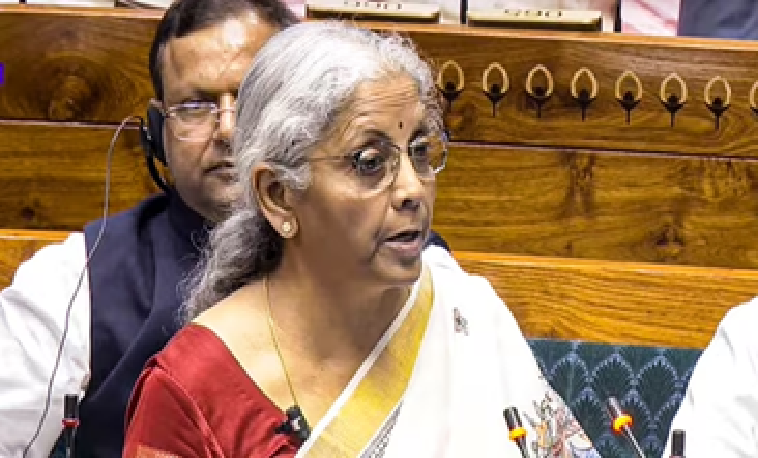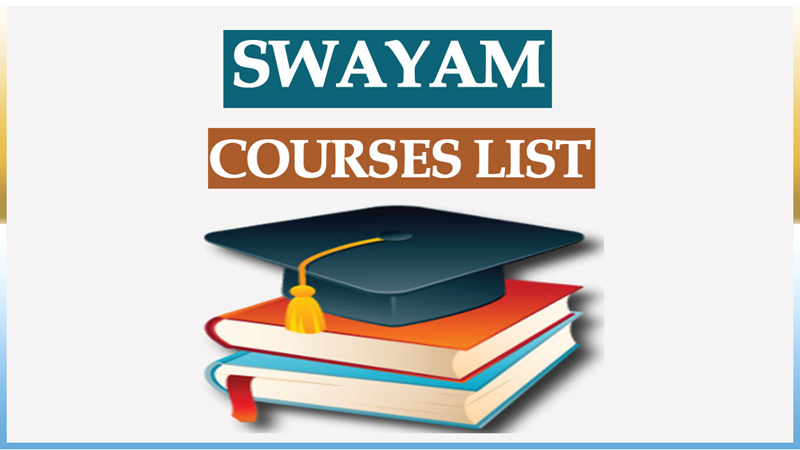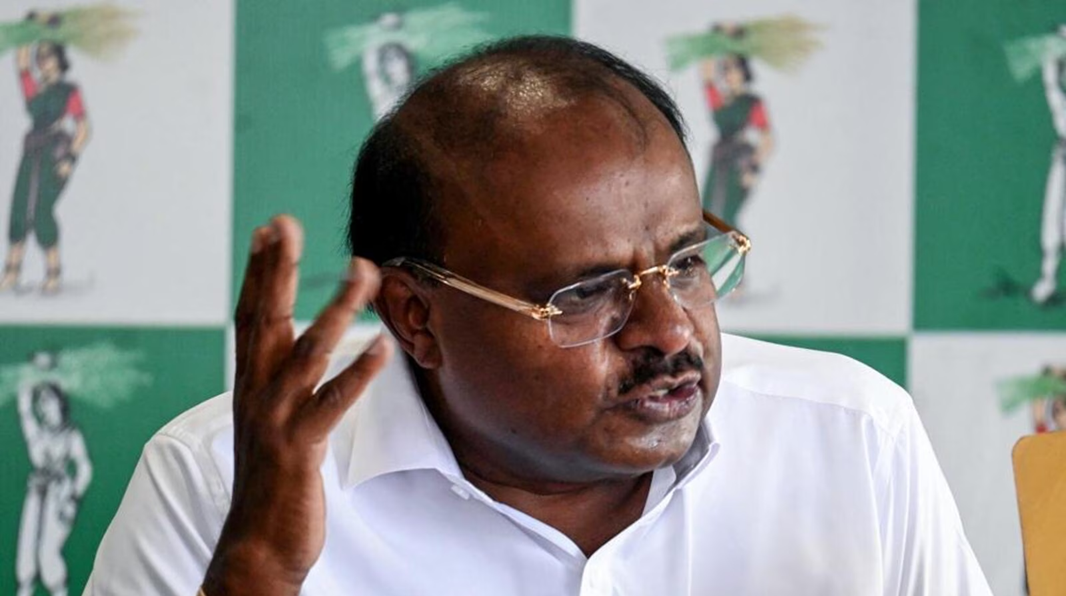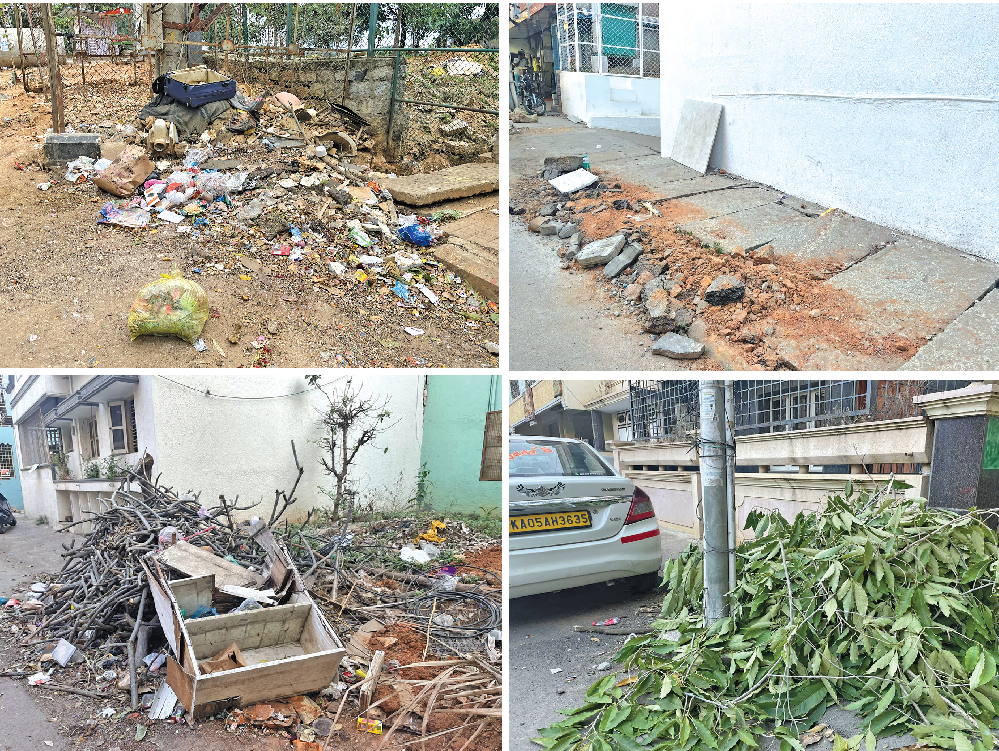
‘Nation badly in need of Dalit voices in mainstream media’
NT Correspondent
Bengaluru:
About 90 percent of leadership positions in Indian media are occupied by upper-caste groups, with not even a single Dalit or Adivasi heading Indian mainstream media, says the new OXFAM report.
The second edition of Oxfam India-Newslaundry’s Report ‘Who tells our stories matters: Representation of Marginalised Caste Groups in Indian Media’ reveals that around 90 per cent leadership positions in print, TV and digital media are occupied by General caste groups with no scheduled caste or scheduled tribe heading mainstream media outlets.
The report released at The Media Rumble, South Asia’s largest news media forum, also shows that every three out of five articles in Hindi and English newspapers are written by ‘General’ caste journalists, while marginalised castes only contribute to around one out of five articles.
Meena Kotwal, the founder of Mooknayak, a media platform dedicated to Dalits, said, “Caste discrimination is pretty much visible in all the spheres. If you look at the media industry, there are rarely any Dalit editors. The condition is worse in mainstream media, where they don’t let lower-caste people climb up. Dalits and tribals are often stuck in a loop of systematic discrimination.
Also, this is not an alien concept. This exists everywhere. If you look at universities or government jobs, people who are in a high position, often belong to the upper caste.” Of the 121 newsroom leadership positions --editor-in-chief, managing editor, executive editor, bureau chief, input/output editor – across the newspapers, TV news channels, news websites, and magazines under study, 106 are occupied by upper castes, five by other backward classes, and six by people from minority communities.
The report also says that three out of every four anchors of debates are upper caste. Not a single one of them a Dalit, Adivasi, or an OBC. “For over 70 percent of their primetime debate shows, news channels draw the majority of the panellists from the upper castes. No more than 5 percent of all articles in English newspapers are written by Dalits and Adivasis.
Hindi newspapers fare slightly better at around 10 percent,” said the report. Piraji Kamble, editor of Dinik Samarat said many minority community journalists have to face discrimination in newsrooms. “Sometimes people who are from a marginalised community have to face discrimination. It would often be things like their stories not being taken up or they not being given good roles,” he said.
 English daily published in Bengaluru & Doha
English daily published in Bengaluru & Doha






